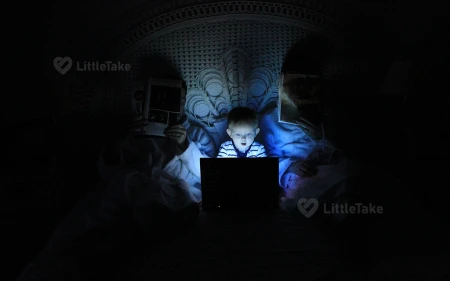
Filtering & Blocking Content for Kids
As a parent, it's crucial to ensure your child's online experience is safe and age-appropriate. One effective way to achieve this is by filtering and blocking content that may be inappropriate or harmful. In this article, we'll discuss some practical strategies for filtering and blocking content for kids.
1. Utilize Parental Control Software
Parental control software allows parents to filter and block specific websites, apps, and content based on their child's age and interests. Many programs also offer features like monitoring screen time, setting time limits, and tracking online activity.
Real-Life Example: Jane's Struggle with Inappropriate Content
Jane, a mother of two, was concerned about her children accidentally encountering inappropriate content online. After researching various options, she decided to use a parental control software called Qustodio. With this software, Jane was able to block websites and content that she deemed unsuitable for her children, while still allowing them access to age-appropriate resources.
2. Customize Browser Settings
Most internet browsers have built-in features that allow users to filter and block content. Parents can adjust these settings to create a safer browsing experience for their children. For example, Google Chrome offers "SafeSearch," which filters out explicit content from search results.
3. Utilize Safe Content Platforms
There are several platforms designed specifically for children, providing age-appropriate content and a safer online environment. Examples include YouTube Kids, which offers curated content for children, and Kiddle, a child-friendly search engine.
4. Educate Your Child About Online Safety
In addition to filtering and blocking content, it's essential to educate your child about online safety. Teach them how to recognize and avoid inappropriate content, and encourage open communication about their online experiences.
Real-Life Example: Tom's Teachable Moment
When Tom's 10-year-old son stumbled upon an inappropriate website, Tom used it as an opportunity to discuss online safety. They talked about why the content was inappropriate, how to recognize potentially unsafe websites, and the importance of reporting any concerning content to a trusted adult.
Conclusion
Filtering and blocking content for kids is an important aspect of ensuring their online safety. By using parental control software, customizing browser settings, utilizing safe content platforms, and educating your child about online safety, you can create a secure and age-appropriate digital environment for your children.













